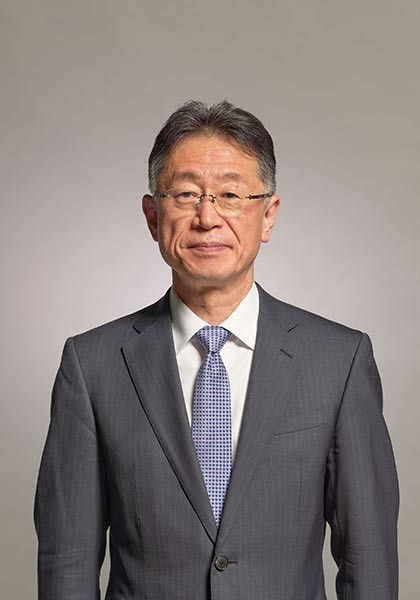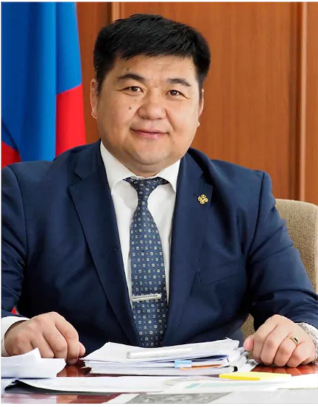Opened on 16 October 2005, the Kyushu National Museum has been visited by more than 15 million people to date, attracting the enthusiastic support and interest of the general public.
The museum was established as Japan’s fourth National Museum, and is one of Japan’s National Institutes of Cultural Heritage (NICH) along with those of Tokyo, Kyoto, and Nara. It is located in Dazaifu, a historically significant seat once described as the “distant imperial court” due to its role in governing the Kyushu region. Based on such a historical background, the Kyushu National Museum hopes to become an institute that makes a significant contribution to the establishment of a new cultural environment in the region. To this end, we will strive to communicate with the public and pursue mutual growth with civil society.
We will strive to become a truly accessible, enjoyable, and visitor-friendly museum for all our citizens.

- Overseas Exchange Museums
- Introduction of Overseas Exchange Museums
Introduction of Overseas Exchange Museums
|
Kyushu National Museum
 Tomita Jun, Executive Director, Kyushu National Museum Tomita Jun, Executive Director, Kyushu National MuseumAiming for a museum that coexists with citizens
 DIRECTOR, ACADEMICIAN S. CHULUUN DIRECTOR, ACADEMICIAN S. CHULUUNThe Chinggis Khaan National Museum was established in 2019 - 2022 on the Mongolian Plateau where the great khan was born. He was recognized as a man of the millennium, a founder of the modern world, and the one who declared world peace. This museum is one of the major developments of Mongolian culture, founded by the resolution of President U.Khurelsukh and funded by the Mongolian government.  Panoramic photo of Luoyang Museum Panoramic photo of Luoyang MuseumLocated in Luoyang City, Henan Provice, China, the Luoyang Museum was founded in 1958 as a first-grade national museum of China. Originally built in Guanlin, some seven kilometers south of Luoyang City, the museum was moved to Wangcheng Boulevard in Luoyang City in 1973, and was later relocated to the northwestern edge of Sui Tang Luoyang City in 2011. The current building of the museum (total area: 62,000㎡) is characterized by its distinctive exterior design, which resembles a fangding (ancient Chinese bronze vessel). |
